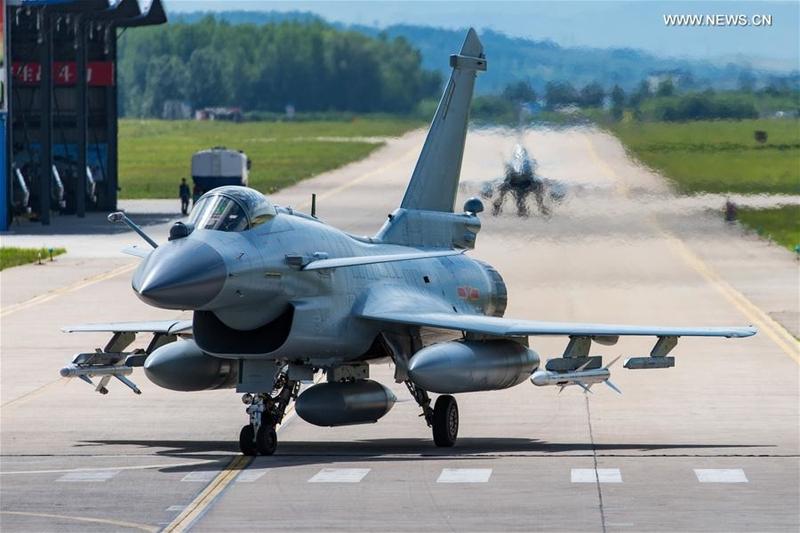Introduction
The J-10 fighter jet, officially known as the Chengdu J-10 Vigorous Dragon, has emerged as a key asset in the Pakistan Air Force (PAF) arsenal. Acquired from China, the J-10C variant is a 4.5-generation multirole fighter aircraft designed to enhance Pakistan’s aerial combat capabilities. As regional security dynamics evolve, the induction of the J-10 reflects Islamabad’s strategic focus on modernizing its air defense systems.
Overview of the J-10 Fighter Jet
Design and Development
The J-10 is a single-engine, lightweight multirole combat aircraft developed by China’s Chengdu Aircraft Industry Group. The latest variant, the J-10C, includes significant upgrades in avionics, radar, and weapons systems, making it a formidable platform for both air-to-air and air-to-ground missions.
Key Specifications
- Length: 16.9 meters
- Wingspan: 9.75 meters
- Maximum Speed: Mach 2.2
- Range: Over 1,850 kilometers
- Service Ceiling: 18,000 meters (59,000 feet)
- Engine: WS-10B turbofan engine (on J-10C)
Advanced Features
- AESA Radar (Active Electronically Scanned Array): Offers superior target tracking and engagement capabilities.
- Integrated Electronic Warfare Systems: Enhances survivability in high-threat environments.
- Fly-by-Wire Control System: Provides high maneuverability and responsiveness.
- Weapons Compatibility: Capable of deploying PL-10 and PL-15 air-to-air missiles, precision-guided munitions, and various smart bombs.
J-10C in Pakistan Air Force Service
Strategic Acquisition
In March 2022, Pakistan formally inducted the J-10C into its air force. The acquisition was perceived as a counterbalance to India’s purchase of Rafale jets from France, highlighting the strategic arms race in South Asia.
Role in National Defense
The J-10C fills a critical gap between lightweight aircraft like the JF-17 Thunder and heavyweight fighters such as the F-16 Fighting Falcon. Its inclusion enhances Pakistan’s air combat flexibility, especially in contested or electronic warfare-heavy environments.

Operational Deployment
J-10Cs have been integrated into No. 15 Squadron “Cobras” based in Punjab. Their participation in joint military exercises and patrol missions along sensitive borders underlines their operational readiness.
Comparison: J-10C vs Regional Rivals
| Feature | J-10C (Pakistan) | Rafale (India) |
|---|---|---|
| Generation | 4.5 | 4.5+ |
| Radar | AESA | RBE2 AESA |
| Engine | WS-10B | Snecma M88 |
| Missile Range | PL-15 (~300 km) | Meteor (~200+ km) |
| Stealth Features | Yes (Reduced RCS) | Yes (Moderate) |
The J-10C holds its own with advanced avionics and longer-range air-to-air missiles, though the Rafale offers superior all-weather capabilities and better electronic warfare in some areas.
Geopolitical Implications
The induction of the J-10C signals a deepening China-Pakistan defense partnership, and raises concerns about regional air superiority. It reflects Islamabad’s pivot toward self-reliance and diversification in defense procurement, especially amid restrictions and geopolitical shifts affecting Western military supplies.
Conclusion
The Pakistani J-10 fighter jet marks a significant leap in the PAF’s modernization journey. With cutting-edge radar systems, advanced maneuverability, and long-range missile capability, the J-10C strengthens Pakistan’s deterrence posture and regional air dominance. As regional tensions fluctuate, the jet will likely remain a cornerstone of Pakistan’s air strategy for years to come.


